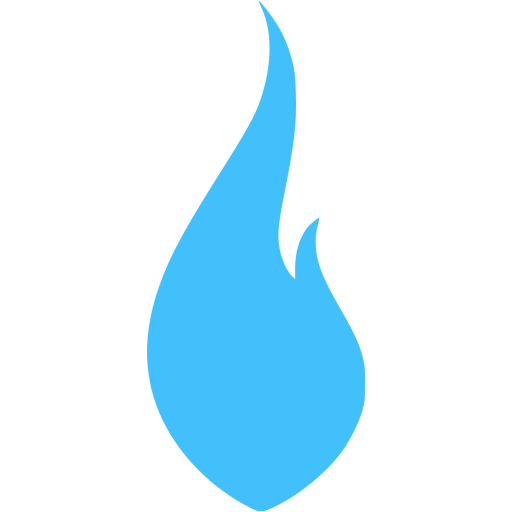How Propane Works
Top Safety Tips
Safety is important whether at home or work!
Keep combustibles, such as curtains, paper, cleaning fluids, etc., away from any energy source, including gas and electric appliances where they may cause a fire.
Have a B/C rated fire extinguisher readily available. Be sure it is charged and that you and your family know how to use it.
- Gas appliances, like humans, need oxygen (air) to function properly.
- If you smell gas near your tank or cylinder, call your propane supplier.
- Use only listed propane appliances. Look for the seal from a nationally recognized independent testing laboratory.
- Use gas grills outdoors only. Use or store propane cylinders outdoors only.
How Propane Works
Your safety and the safety of our employees are our most important concern!
Propane is a safe, reliable fuel. Like many other fuels, however, it is flammable. That means it can be dangerous if not handled properly.
Remember, in order to protect you, your family and others, you must be aware of (and respect) the normal, everyday hazards around you. Propane is no exception.
A Pressure Situation
The propane in your gas system is stored under pressure. While it's stored, there's no problem. But, in the unlikely event your system develops a leak (which can be caused by physical damage or deterioration), it can become dangerous.
Propane burns at an even rate when properly mixed with air, as in your stove or furnace. But, if a leak occurs, a flame or spark could ignite it. If that happens, it could cause a fire - or even an explosion. Although such accidents are rare, we want you to be aware of this possibility.
Know Your Propane System
Your propane system has four basic parts:
- A tank or cylinder, equipped with a main shutoff valve;
- One or more regulators, designed to reduce pressure between the container and your appliance(s);
- Gas piping, to carry the propane to your appliance(s); and
- Gas appliance(s).
The tank or cylinder is where the propane is stored. It is equipped with a shutoff valve, which turns the gas "on" or "off". The regulator controls the gas pressure, while the gas piping carries the gas to your appliance(s).
It is important for you to know the location of the main shutoff valve on the tank or cylinder. Remember its location and become familiar with how to shut it off in an emergency situation.
